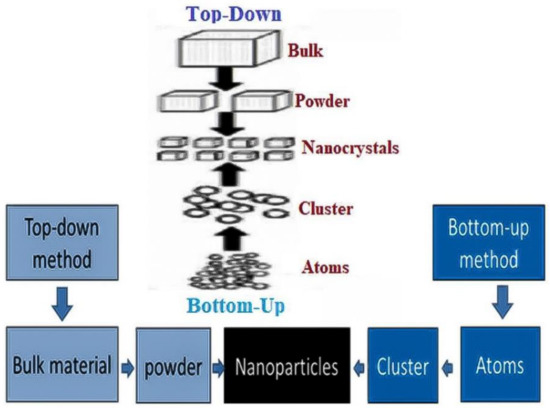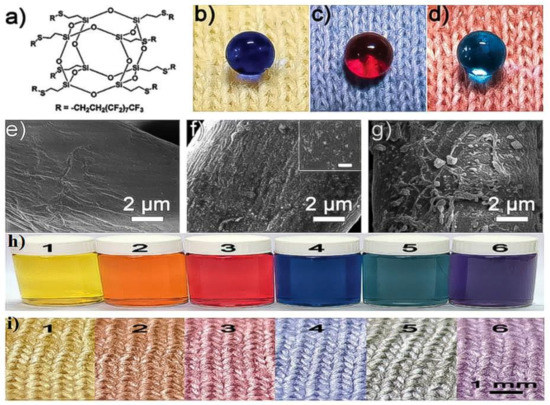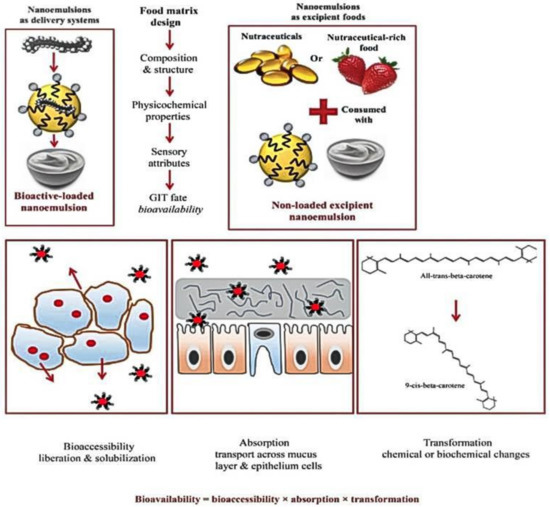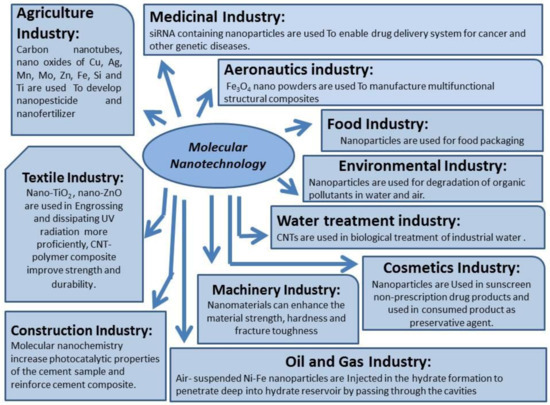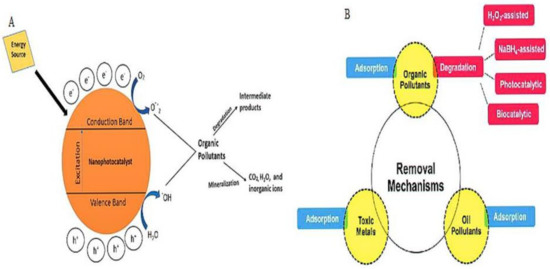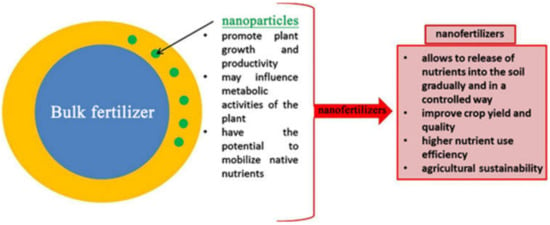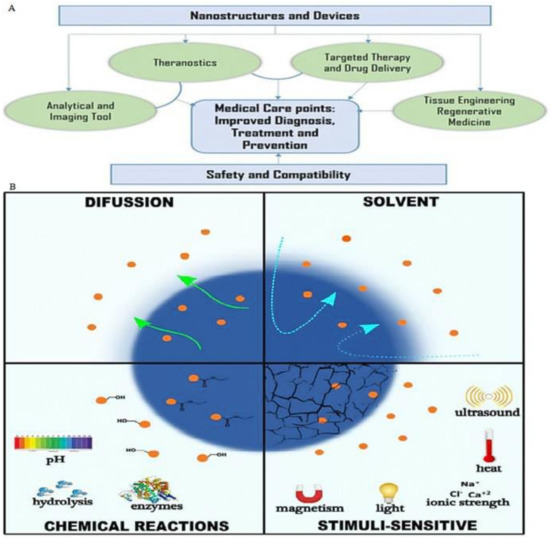Nanotechnology is a field of advanced science and technology of governing matter on a nanoscale
[1]. This nanoscale was first introduced in the famous lecture of Nobel Laureate Richard P. Feynman, “There’s Plenty of Room at the Bottom,” given in 1959
[2]. Nanomaterials have not only become one of the ‘hottest’ areas in research and development all over the world but also attracted numerous considerations in the industrial sectors
[3][4][3,4]. This technology can be primarily defined by their functional properties which determine how they interact with other disciplines
[5]. Recently, it becomes an evolving field in material science, materials processing technology, mechanics, electronics, optics, medicine, energy and aerospace, plastics and textiles etc.
[6]. This technology not only establishes an interdisciplinary and emerging domain that embraces physics, chemistry, engineering
[7] but also contributes to detection of diseases, better therapy options, and remarkable reduced health-care expenses
[8]. Molecular nanomaterials can also be applied in manufacturing through ultra-precision, development of nano-metric microscopic devices, biological structures, nano robots, super computers, industries and genetics etc.
[9]. All materials or devices which are nanometer scale (dimensions of roughly 1 to 100 nm) structured are included in nanomaterials
[2][10][2,10]. Nanoscale, substances have a larger surface area to volume ratio than the bulk one which is the main reason for their increased level of reactivity, improved and size tunable magnetic, optical and electrical properties
[11]. Nowadays, almost all developed nations have created nanomaterials-based research programs, fellowships, networks, research institutes, and educational enterprises aiming at understanding and leverage nanoscale discoveries
[12][13][12,13]. Nanomaterials are now used in numerous industries all over the world. Nanofabrication, nanoparticles, nanorobot, nanocomputer, nanofertilizer, membrane-based nanoparticles, nano-engineered fiber, nanotubes, nanosensor, nanopesticides, nanoencapsulation, nano-ceramic tools, nanocatalysts etc. are used in industries to facilitate and develop improved industrial function and products. The structure in nanoparticles may rely on the method and conditions of particle preparation. The cohesive energies of the atoms inside nanoparticles and small clusters are additionally structure dependent
[14]. When size approaches nanoscale the properties of particles change. The percentage of atoms becomes significant at the surface of nanoparticles, and there are numerous active sites on the nanoparticle surface. Many “nanotoxicology” researchers elucidated the interface of nanoparticles with bio-based systems and the mechanism of action. The TiO
2 nanoparticles (~20 nm) were delivered to the lung interstitium, which was cleared from the lungs more slowly than fine TiO
2 particles (~250 nm) in mouse model after the intratracheal administration of 500 μg of TiO
2. TiO
2 nanoparticles are of great importance in medical and pharmaceuticals industries. TiO
2 NPs or nanospheres generally have cytotoxicity. Spherical TiO
2 nanomaterials induced single strand breaks, oxidative damages to DNA, and oxidative stress in human lung carcinoma epithelial cell lines A549. 1-D, TiO
2 nanostructures including nanorods, nanobelts, and nanotubes are mostly synthesized and extensively investigated than 0-D TiO
2 NPs (nanospheres).
